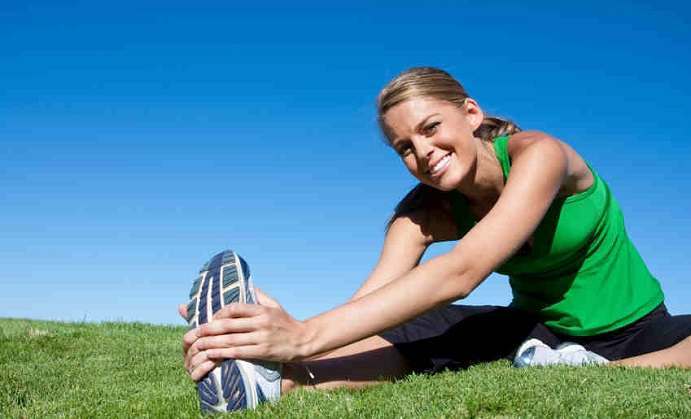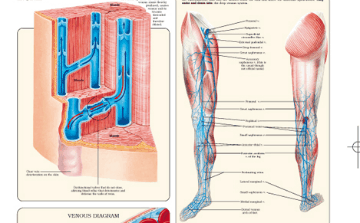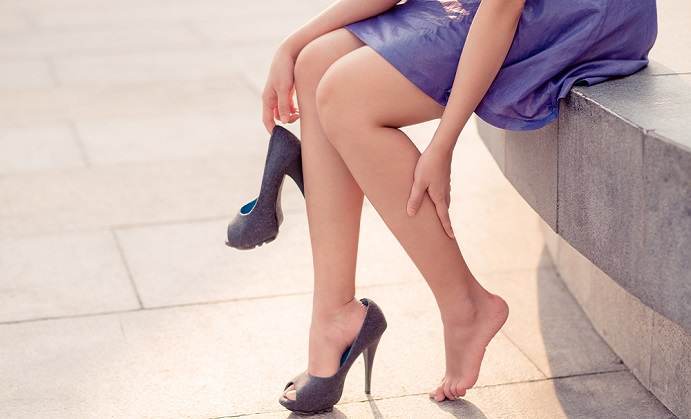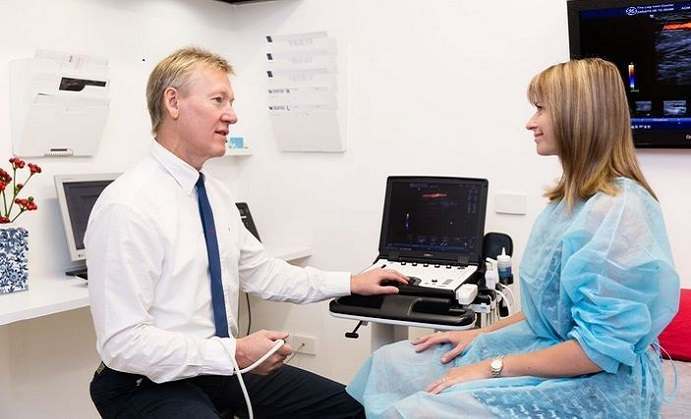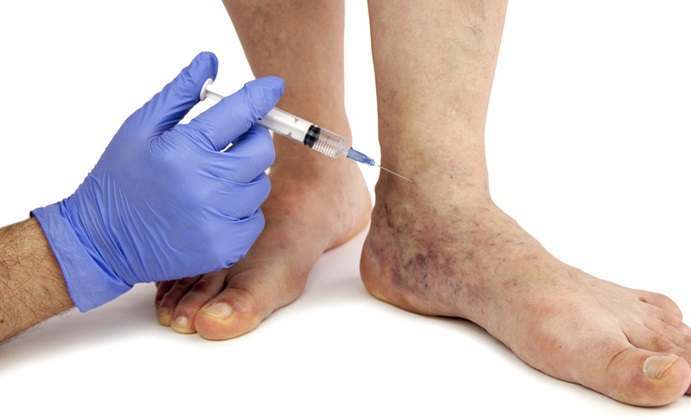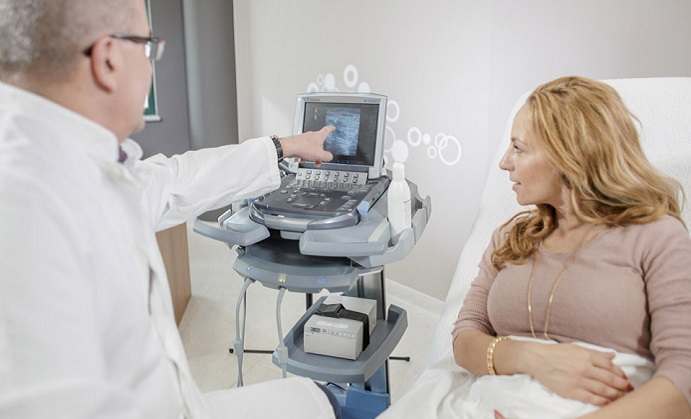Varicose veins are caused by malfunctioning valves which fail to keep the venous blood moving toward the heart, so it stays in your legs. Spider veins go hand-in-hand with varicose veins. Spider veins are less dangerous and more of a cosmetic issue. Visible bulges on your legs probably means that you have varicose veins. When the valves and veins do not function properly, the blood flow is disturbed and it is harder to pull the blood from the lower extremities back to the heart. Settled blood will form bulges in already weakened veins.
More than half of the population older than 50 years of age is affected by varicose or spider veins. They are very common health conditions. Besides age, other risk factors include obesity, hormonal imbalances, genetics, pregnancy, constipation and bad lifestyle habits.
What Are the Main Symptoms of Varicose Veins
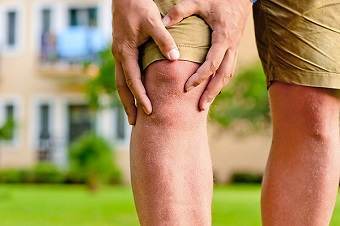 Muscle pain, changes in vein coloration, swelling, increased sensitivity and night aches are all frequent symptoms of varicose veins. Also, you might notice bumps and bulges on your legs. More severe cases can lead to serious complications such as ulcers, skin rashes and bleeding.
Muscle pain, changes in vein coloration, swelling, increased sensitivity and night aches are all frequent symptoms of varicose veins. Also, you might notice bumps and bulges on your legs. More severe cases can lead to serious complications such as ulcers, skin rashes and bleeding.
To be certain which treatment would work best for your condition, it would be wise to consult with your physician.
Lifestyle Changes as Varicose Veins Prevention
Severe cases of varicose veins will require surgical or nonsurgical medical treatments. These treatments often have some side effects like wound infections, irritations, inflammations and even blood clots. These procedures do not always have permanent results, so there is a risk of recurrences.
It is easier to prevent varicose veins than to undergo painful and unpleasant medical procedures. This is what you can do when it comes to prevention:
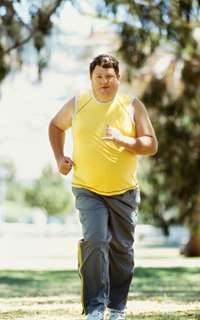 Watch out for the sun. The sun can cause great damage to sensitive skin. During the summer, use sunscreen to protect the skin.
Watch out for the sun. The sun can cause great damage to sensitive skin. During the summer, use sunscreen to protect the skin.- Keep normal body weight. If you are obese, you should lose the extra weight to lessen the pressure to the lower parts of your body.
- Exercise Regularly. Activities like swimming, cycling or walking can enhance blood circulation.
- Avoid tight clothes. Wearing tight clothes and using high heels can disturb the blood flow, so try to avoid them as much as you can.
- Be picky about your food. Eat foods that are rich in minerals and vitamins, like fruits and vegetables. It is also important to eat foods rich in fiber, to reduce the risk of constipation.
- Avoid standing or sitting for a long time. Prolonged standing or sitting can be harmful to varicose veins because the blood is pulled toward the lower extremities. Take regular breaks to walk around a bit, change your leg positions or to relax your legs. If you are at work, walk around the office at lease once every hour or take a short walk outisde for a few minutes.
Genetics can also play a role in getting varicose veins, and some people just can’t avoid this condition. However, they can adopt healthy lifestyle changes and preventative methods to stop this condition from progressing further.


